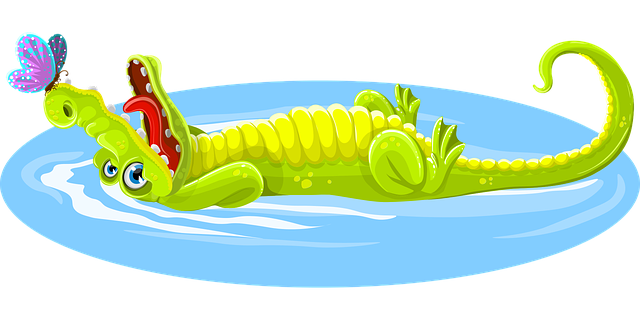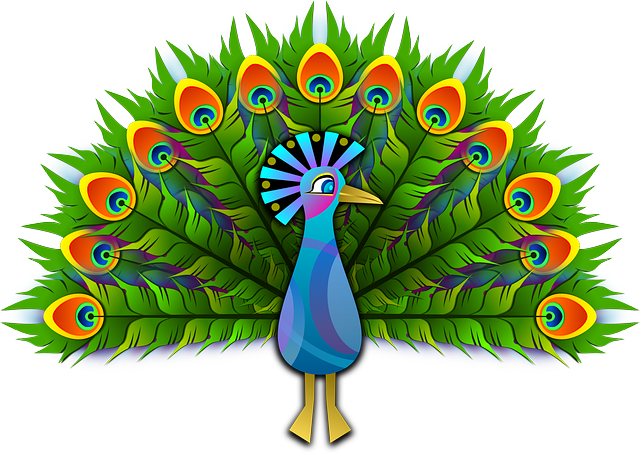I was watching a Twitter thread develop, where people were discussing which of two pieces of technology were “the best”, and I found myself thinking of evolution and selection pressure. I’m going to speak in simple terms, so I apologise in advance to folks with an education in this stuff, who are irritated by my simplifications…
Selection Pressure
Organisms evolve because of selection pressure. There is something about their environment that makes certain changes advantageous. Take the case of the peppered moth. To cut a long story short, it was a pale moth. Being pale was good camouflage as the places it hung around were a similar colour, so predators found it hard to spot them. Any mutations that made a peppered moth darker, made it more likely to be spotted and eaten, so mutations that caused the darker moths were unlikely to get through to the next generation. If you get eaten, you are less likely to breed. So there was a selection pressure in favour of being a pale peppered moth. Then along came the industrial revolution, which covered trees and walls in soot. All of a sudden, being pale made it easy for predators to see you and reduced your chances of breeding. Any moths with a mutation causing a darker colour were at an advantage, were more likely to breed, and quickly the predominant colour of peppered moths in industrial regions changed. The selection pressure was now for darker peppered moths.

In contrast, alligators have remained relatively unchanged since before the extinction of the dinosaurs. Sizes vary, but they look pretty much the same. Why? They are already the perfect design for their lifestyle, so there is no selection pressure forcing a change. If some new mutation happens, but it doesn’t give an advantage that affects the alligators chances of breeding, it’s unlikely to spread through the population. The selection pressure is low for the new mutation.
So what’s this got to do with technology? I’m hoping that’s simple for you to see.
If you invent a really smart bit of technology, but it has no major advantages over the existing technology out there, it’s unlikely to obliterate its competitors. Even if there is a technical benefit, that benefit has to be sufficiently large to make people stand up and take notice.
When we look at the database market, relational databases are the alligators. They are really well suited for the role they play. Every time a new non-relational engine comes along, it’s easy to get excited and think of it as the RDBMS-killer, but they are typically targeting different problems. The biggest threat to a specific relational database at the moment is other relational databases…
Survival of the Fittest

When people read “survival of the fittest”, they often forget that “fittest” relates to ability to breed and pass on your genes. The male peacock has stupid tail feathers that slow it down and put it at a higher risk of predation, but the peahens are all about the crazy tail feathers, so the physical disadvantage of the crazy tail feathers is a breeding advantage. Effectively the “least fit” for survival becomes the “most fit” for breeding…
But what about the peacock’s tail feathers in technology? There are a number of factors that make a technology attractive apart from technical excellence, so it’s not always “the best” that wins. For example:
- Brand : I guess this is the obvious one. Apple is a premium brand. People will often spend extra money for a technically worse product because of the attraction of a brand. There is a reason companies spend big money on advertising and promoting their brand.
- Community Support : If a product has a vibrant community, where it’s easy to get answers and support, it will be more attractive than a product with bad support and a weak community. Why intentionally put yourself at a disadvantage?
- Staffing : It doesn’t matter how good a product is, if you can’t get staff with those skills, it’s probably not a great idea to base your future on it. This can be a problem for new technologies, but it also goes for old technologies that are falling out of favour. I wouldn’t be starting a new project using COBOL, even if it were well suited to the task.
- Cost : There is a reason Android phones have a bigger market share than iPhones. They are cheaper, and therefore more attainable. Cost should be judged on total cost of ownership (TCO), not just the headline price tag…
I know this post has rambled a lot, but coming back to my original point, when I hear someone arguing about technical merits of a product, I find myself wondering if that’s actually relevant at all. Maybe it’s only a small fraction of what really matters…
Cheers
Tim…
PS. The first picture is a crocodile, not an alligator. I know they are different, but I liked this picture… 🙂